-
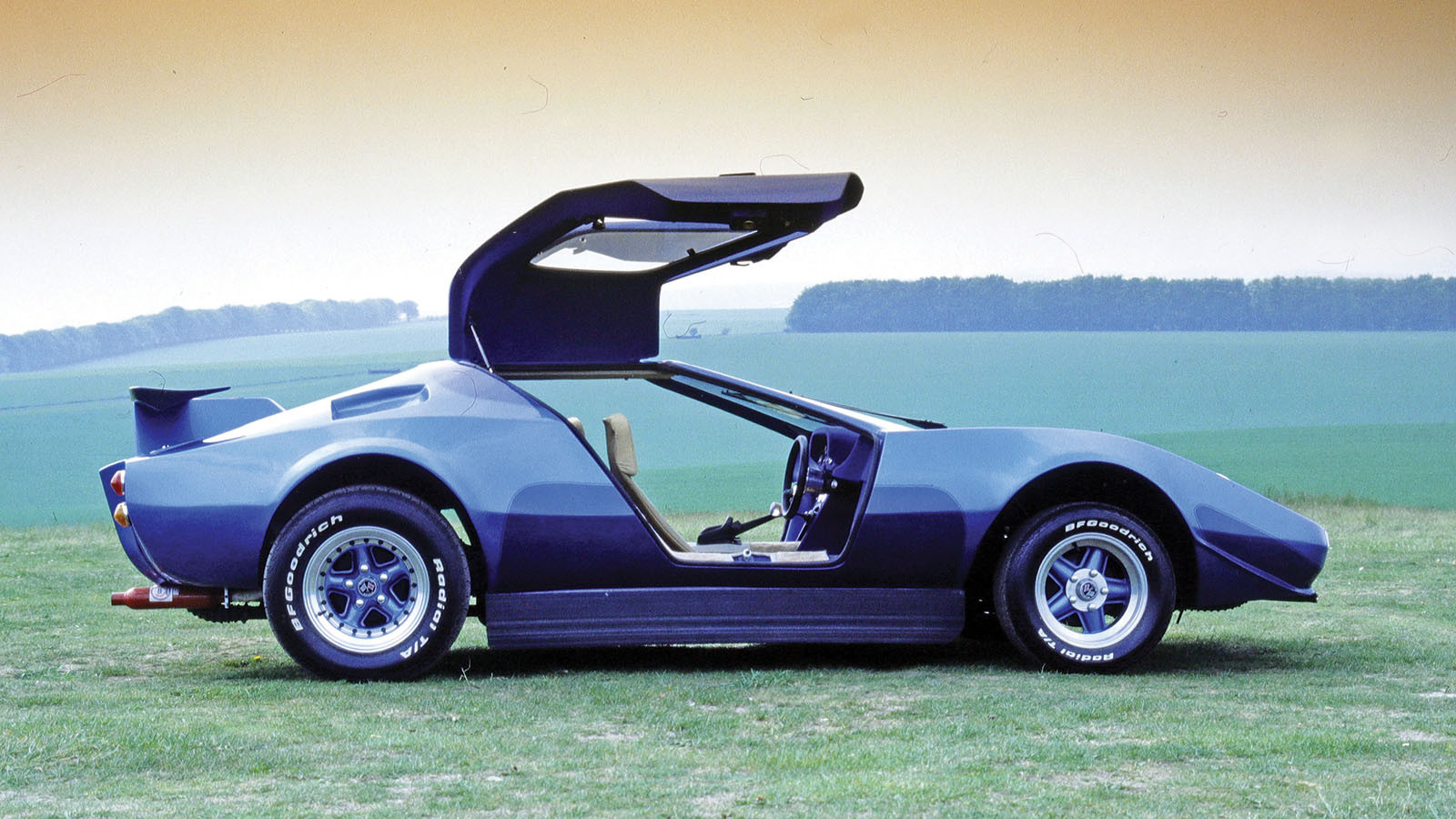 © Richard Heseltine Archive
© Richard Heseltine Archive -
 © Richard Heseltine Archive
© Richard Heseltine Archive -
 © Richard Heseltine Archive
© Richard Heseltine Archive -
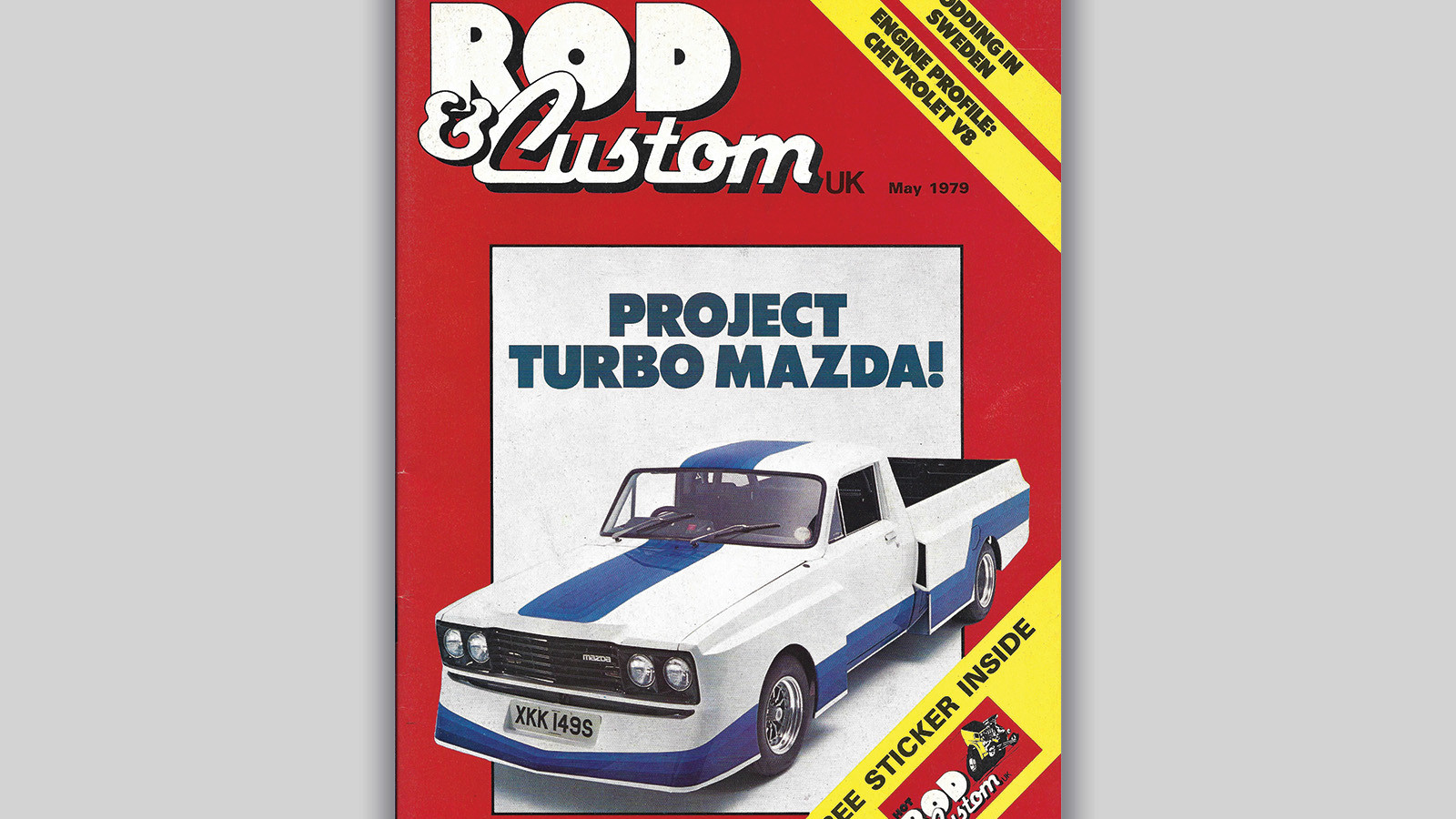 © Richard Heseltine Archive
© Richard Heseltine Archive -
 © Richard Heseltine Archive
© Richard Heseltine Archive -
 © Richard Heseltine Archive
© Richard Heseltine Archive -
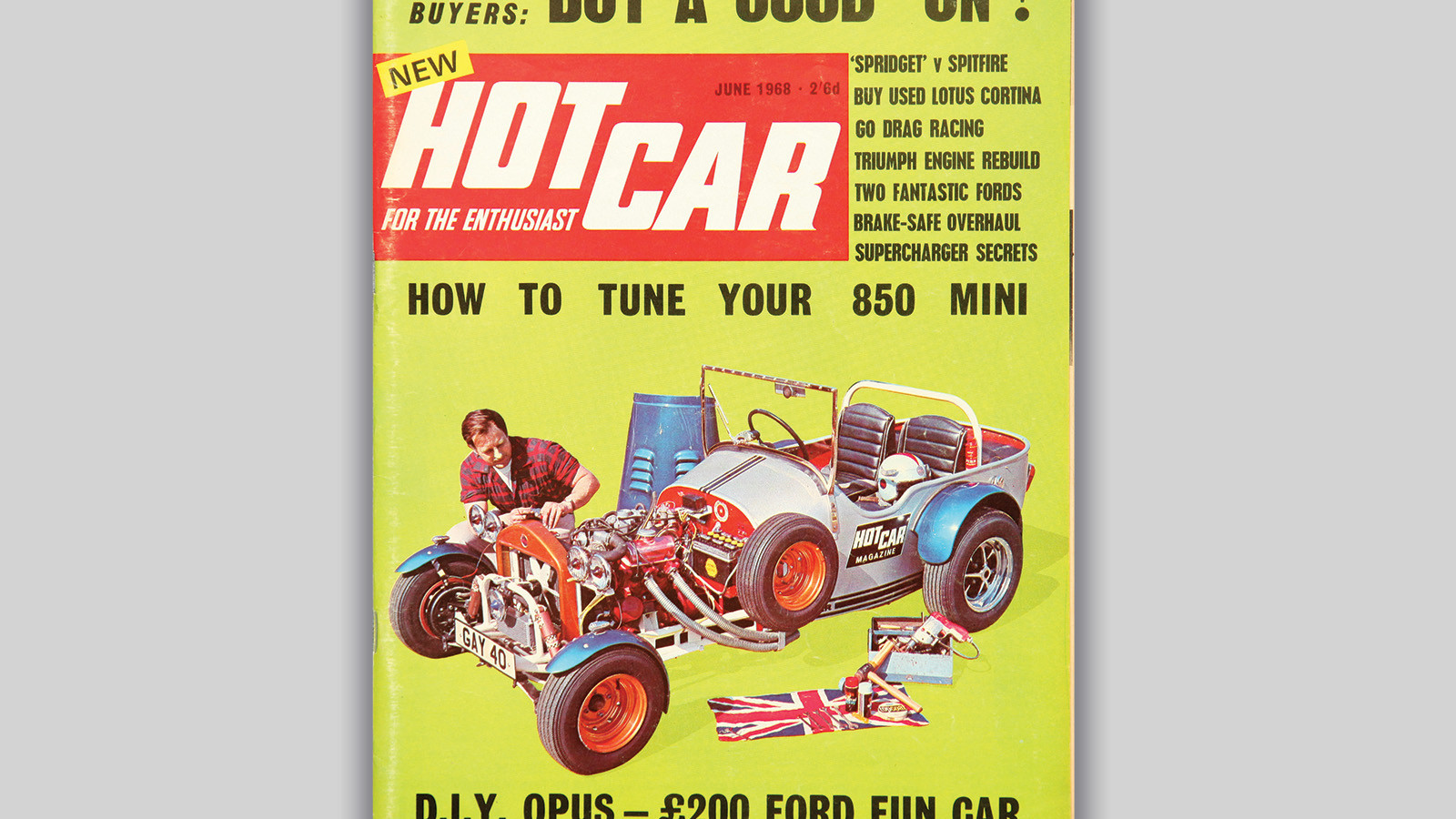 © Richard Heseltine Archive
© Richard Heseltine Archive -
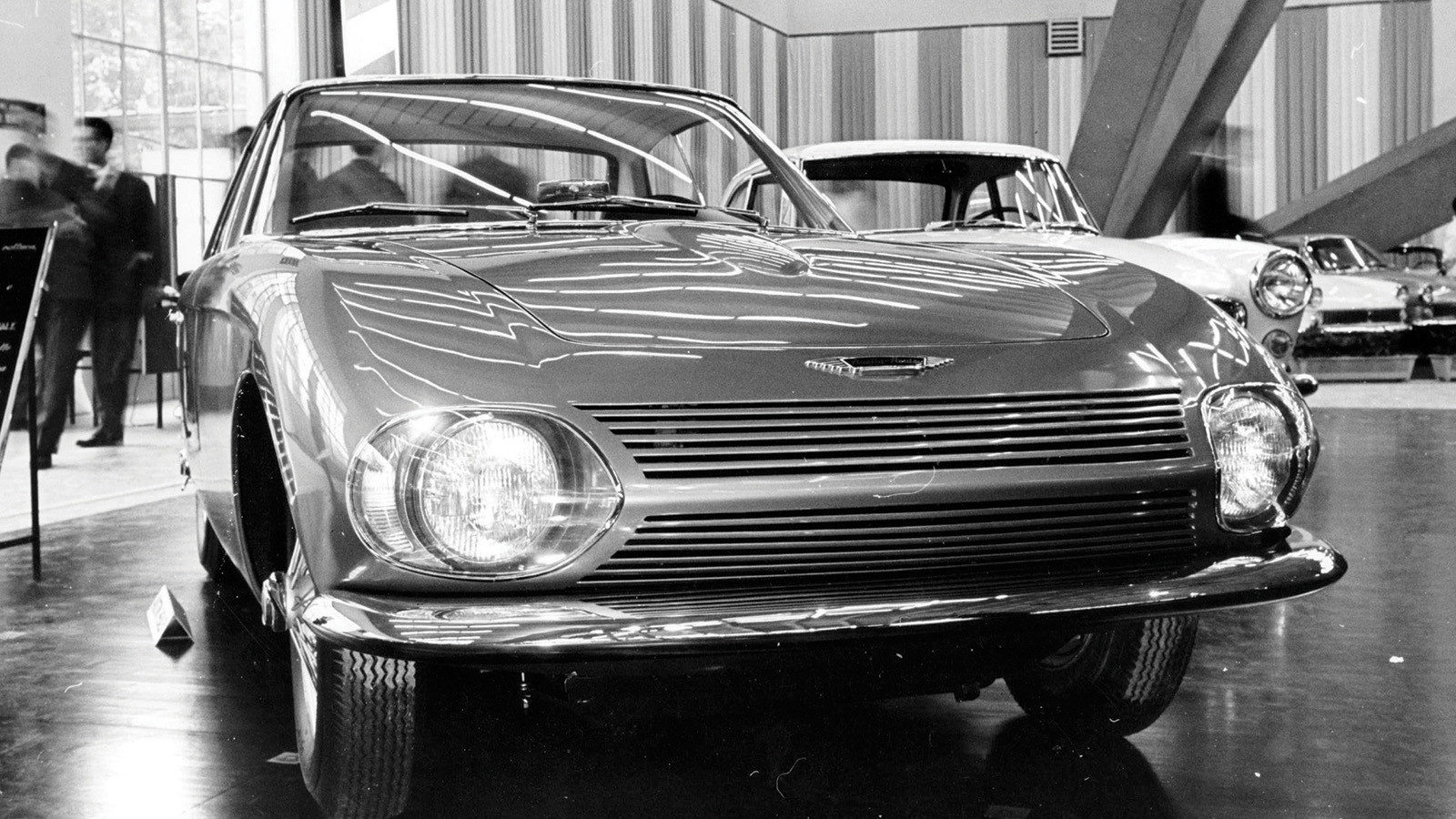 © Richard Heseltine Archive
© Richard Heseltine Archive -
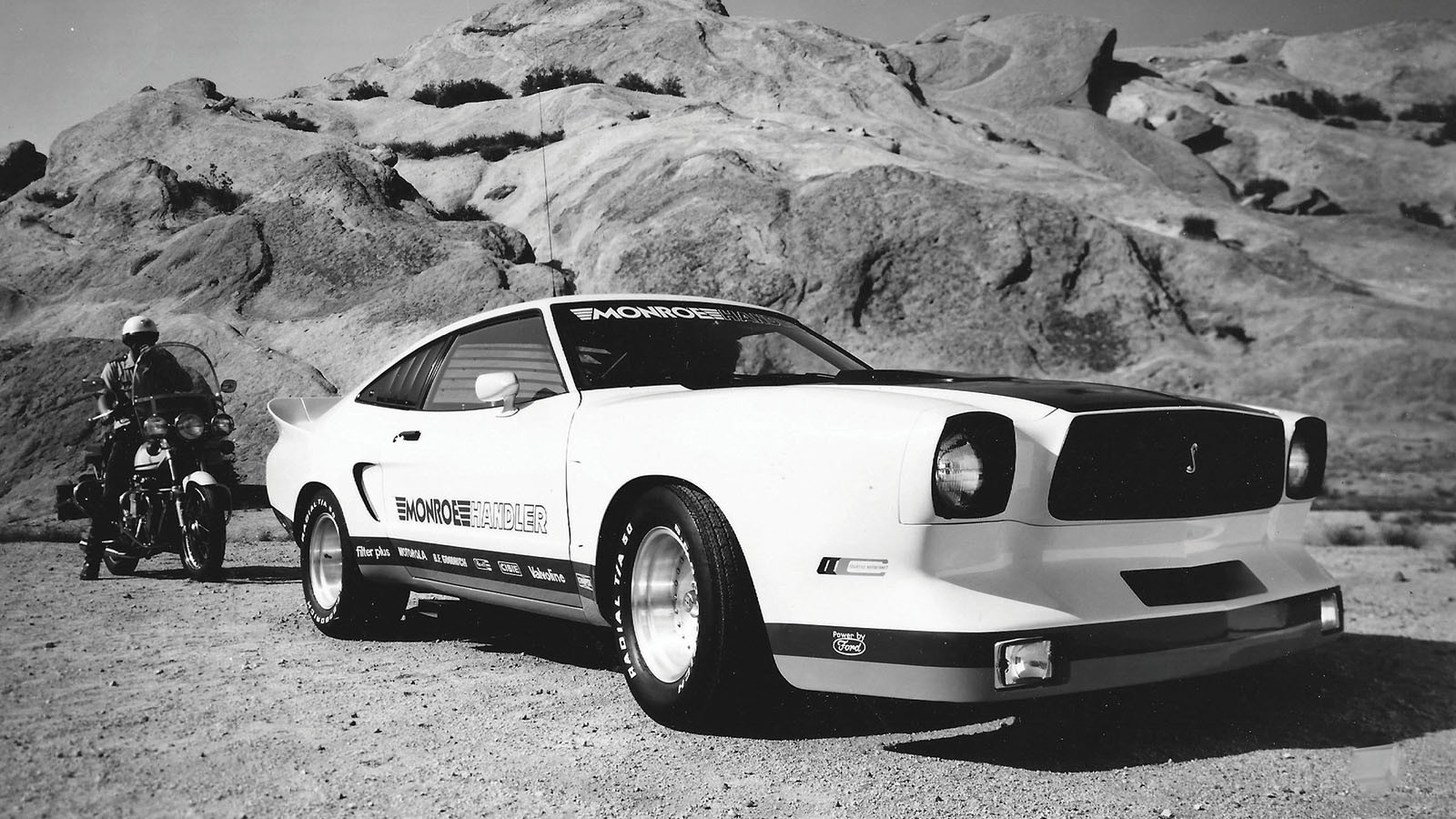 © Richard Heseltine Archive
© Richard Heseltine Archive -
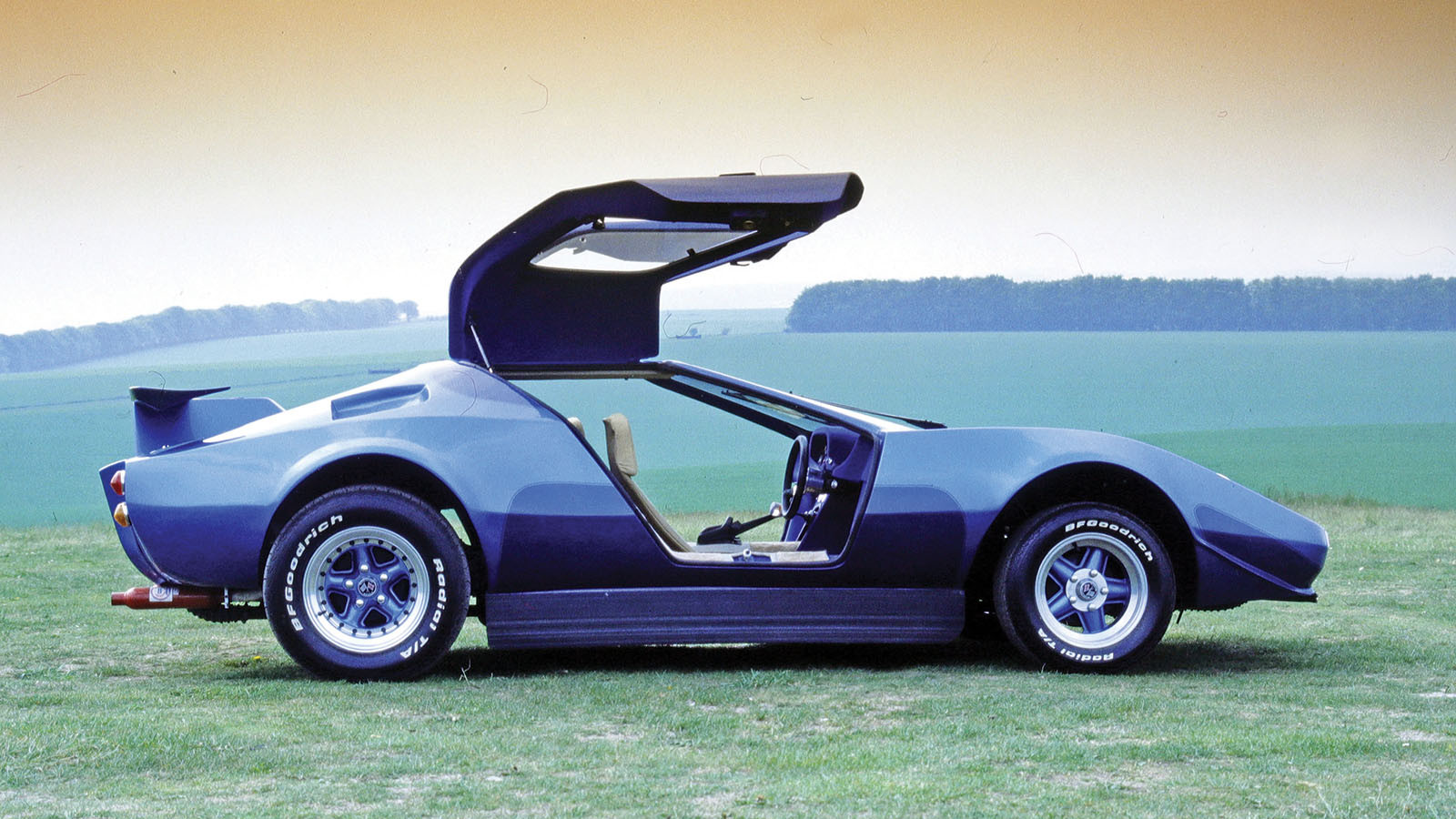 © Richard Heseltine Archive
© Richard Heseltine Archive -
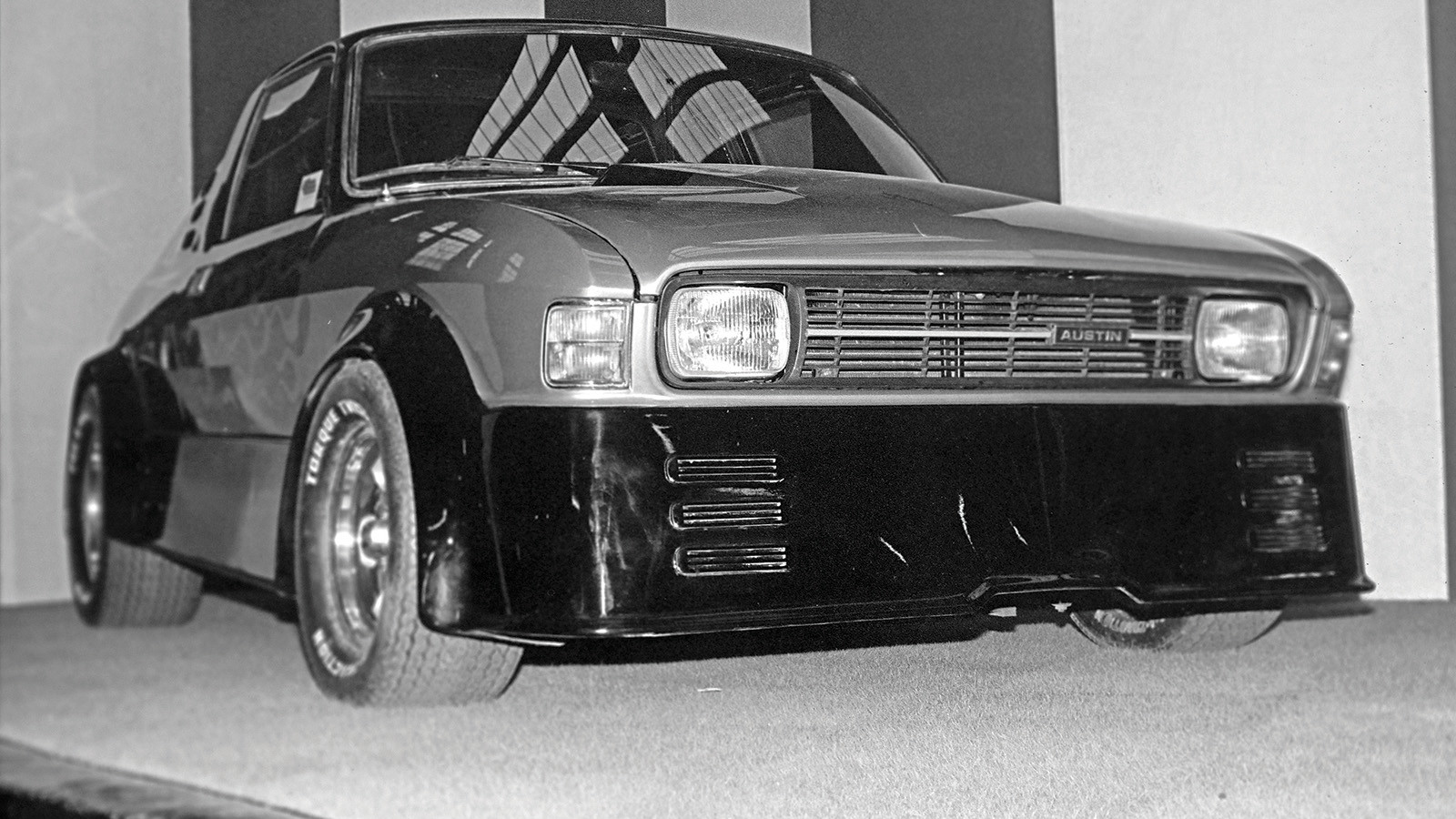 © Richard Heseltine Archive
© Richard Heseltine Archive
-
Flights of fancy that held the front page
Magazines and project cars were once part and parcel.
In ye olden days, when consumer publications still had corporate backing and big budgets, it wasn’t uncommon for titles to initiate some wild flight of fantasy or other.
Scroll back half a century or more and Continental magazines worked hand-in-glove with manufacturers and the leading styling houses of the day.
Some resultant showstoppers became legendary, and others were destined for the dustbin, while a handful predicted a future that existed in an alternate universe.
Many artistes used these projects as a jumping-off point for distinguished design careers.
Then there was the other kind of project car, those rustled up by how-to magazines to inspire can-do enthusiasts.
These tended to tap into the interest in the aftermarket, with most Stateside hot-rodding titles during the 1960s working in tandem with Detroit’s Big Three on dozens of one-offs.
This was subsequently mirrored in some British monthlies during the 1970s and beyond, albeit on a smaller scale.
Gathered here, then, are some of the more celebrated project cars produced during the past seven decades, and one or two that blew hot for whole tens of weeks but which have long since been consigned to obscurity.
-
1. Secura by Quattroruote
The Alfa Romeo Gran Sport Quattroruote Zagato is one of the most celebrated magazine project cars for no other reason than that it entered production.
However, while that car was a pastiche of a pre-war classic, the follow-up was anything but.
Unveiled at the 1965 Turin motor show, the Secura was not an attractive car, but it was a robust one.
It was devised by Quattroruote magazine in 1965, with OSI being responsible for its construction.
Resplendent in ivory over a vivid shade of lobster red, the car featured reinforced bulkheads front and rear, and a front windshield designed to pop out upon impact.
That, and a mercury switch that automatically turned off the 1.5-liter Fiat engine in the event of a collision.
Inside, there were four heavily bolstered seats, with every millimeter of the cabin lined in thick protective padding.
Anorak fact Road & Track labeled the Secura ‘extremely ugly’, while Sporting Motorist described it as ‘already looking like an accident casualty’
-
2. Ford Mustang by Automobile Quarterly
This handsome reworking of Ford’s ‘pony car’ was dreamed up by L Scott Bailey.
The multi-faceted American founded Automobile Quarterly in 1962 and conceived a project car following a visit to the 1964 Paris motor show.
By chance, he met studio principal Nuccio Bertone and his chief designer, Giorgetto Giugiaro, and a follow-up meeting led to the trio mapping out the Italian-American GT ideal.
Following a further get-together in Turin to finalize the design, a bright red Mustang fastback, complete with a 289cu in V8, was procured to act as a donor car.
Mechanically, the reconfigured Ford was standard save the radiator, which was canted over slightly due to the lower hood line.
Painted in a striking shade of metallic turquoise, it was met with much hoopla when unveiled at the 1965 New York International Auto Show.
Anorak fact The only body parts carried over were the grille mascot and filler cap. The Giugiaro-designed Campagnolo wheels, meanwhile, were unique to the car
-
3. Mazda B1800 by Hot Rod & Custom
Hot Rod & Custom magazine was a rival to Custom Car for 54 mostly glorious issues, with Mazda UK donating a B1800 pick-up for reconfiguring in 1979.
The design was mapped out by Teri Smith, the truck receiving a hefty roof chop and all-steel ‘Group 5’ racing-style wheelarch extensions, not to mention recessed license plates and doorhandles, plus some 1967 Pontiac GTO rear-light clusters.
Janspeed Engineering provided a Rotomaster turbo installation, while Kleber contributed some grippy low-profile tires.
Wood & Pickett, meanwhile, stumped up some Recaro LS seats and Smiths Industries a raft of one-off instruments.
The build was serialized across seven issues, but what happened to Project Turbo Mazda thereafter remains a mystery.
Anorak fact The magazine’s subsequent project vehicle was the CBS Supervan, a V8-engined Bedford CF with retractable lights and IMSA-style arches
-
4. Sigma by Automobil Revue
The editors of Automobil Revue initiated the Sigma project as a means of showcasing ideas for a safer racing car.
Having attracted the likes of Professor Ernst Fiala (who would later become engineering chief at Volkswagen) and Dr Michael Henderson (an Australian structural design authority), their biggest coup was tapping up Enzo Ferrari for the supply of a 1966/’67 312 B3 Formula One car to use as a donor vehicle.
Pininfarina would build the Sigma ahead of a 1969 Geneva show reveal, with Paolo Martin interpreting the ideas into an attractive whole.
A rigid safety cell was created with crumple zones front and rear to absorb forces on impact; pontoons were added to the flanks to dissipate energy in the event of a side-on strike; and a quick-release mechanism between the crash helmet and headrest reduced the risk of neck injuries.
Anorak fact Martin’s follow-up concept was also Ferrari-based. Despite its current legendary status, the Pininfarina Modulo was mauled by the media in period
-
5. Dingbat by Cars & Car Conversions
This bizarrely named contraption is something of a cuckoo in the nest here in that it was created in Australia, by an Australian, and the prototype was built there as a private venture.
It’s just that it subsequently found backing from Cars & Car Conversions.
It was conceived by Design Field co-founder Paul Cockburn, who had written features for the title in addition to the Triple C-sponsored book Car Customising (the British spelling is correct).
He returned to his homeland in 1970 and pressed ahead with building a Triumph Herald-based sports-car-cum-buggy, only to return to the UK in time for the 1971 Racing Car Show.
The car emerged on the Cars & Car Conversions stand, the once proud title having coined the Dingbat name (Cockburn preferred ‘Speedy Sports’).
Anorak fact There was talk of the car entering production as a body-swap kit, and a raft of alternate body styles appeared in print. None made the leap to reality
-
6. Opus HRF by Hot Car
The leftfield Opus was dreamed up by Geoff Thomas.
In addition to being a qualified chemist, he conceived the Mini Sprint alongside racer/designer Neville Trickett.
In late 1966, the duo began work on what was ultimately christened the Opus HRF (for ‘Hot Rod Ford’).
The model received additional promotion after Hot Car magazine constructed one in 1968, serialized the build and exhibited the car at the British International Motor Show at Earls Court towards the end of the year.
Decades later, then editor Tony Bostock admitted in Kit Cars & Specials: “It was the worst car I’ve ever owned.
“I only drove it around the block once before realizing that was enough.
“After that, I wouldn’t ever touch it again. It’s supposed to be in Spain now. It probably blew up and landed there.”
Anorak fact Hot Car followed this up by building a GP Centron from a kit. Subsequent project cars included a Ford GB-sponsored, box-arched Fiesta
-
7. Firrere by Automobile Year
In late 1961, the Swiss title Automobile Year organized a car-styling competition to mark its 10th year of publication.
It was open to both professional and amateur designers, and the victor or victors were to be awarded 10,000 Swiss francs.
Not only that, but the winning design would also be translated into three-dimensional reality by Pininfarina.
Henner Werner, Pio Manzù and Michael Conrad, all of whom were students at the Hochschule für Gestaltung in West Germany, were announced as the competition winners at the 1962 Geneva motor show.
They conceived the long-nosed Firrere, their renderings being made tangible using an Austin-Healey 3000 platform as a basis.
BMC acquired the rights to the design and a variation on the theme was trialed, featuring hydrogas suspension.
However, a mooted Bentley-engined (and badged) evolutionary incarnation remained only a styling model.
Anorak fact Drawings exist of a convertible version that have been attributed to William Towns. This is puzzling, given that he was a Rover employee at the time
-
8. Monroe Handler by Hot Rod
The Mustang II represented Ford’s response to the 1973 Oil Shock, and its anemic performance, regardless of engine, alienated the muscle-car faithful.
But there was always the aftermarket.
This car was created as a means of promoting the new line of Handler shock absorbers, with Monroe joining forces with Hot Rod to build a show car.
It was no trailer queen, though, and the magazine’s staff twisted arms and called in favors to get assistance from BF Goodrich, Centerline, Motorola and so on.
Jack Roush provided a 363cu in Windsor V8 that made around 400HP, while the body was restyled by Dave Kent, with the Handler’s steel panels being inspired by those of the semi-works Mustang IIs racing in the IMSA GT category.
Hot Rod serialized the build over three issues, and the finished article caused a stir in the June 1977 edition.
Anorak fact Six clones were made for promotional duties, albeit with fiberglass fenders and spoilers, and then given away as prizes in 1978
-
9. Eagle SS by Kit Car
Peter Filby announced plans to create a bespoke Eagle SS in the April 1983 edition of Kit Car, complete with a rendering by Steve Kirk.
What’s more, the news items proclaimed that it would be fashioned by Ray Christopher of Balena Cars & Customs.
VW Audi Industrial was to have acted as a sponsor, supplying a new Golf GTI engine that would be equipped with nitrous-oxide injection.
However, plans changed somewhere along the line and the Volkswagen Beetle donor floorpan received major reinforcement ahead of it being equipped with a mid/rear-mounted Ford V6.
Physically, the nose section was extended, with a new grille and recessed driving lights, and a lip spoiler added.
The build was serialized in the magazine prior to the big reveal at that year’s Lincoln Alternative Car Show.
Anorak fact The Eagle made its final public appearance at the 1983 London Motorfair prior to being sold. It subsequently disappeared into the ether
-
10. Austin Allegro by Custom Car
It’s hard to comprehend now just how big Custom Car was in the 1970s and early ’80s.
But its clout at the time explains why British Leyland gave it an Austin Allegro Equipe, some cash and plenty of leeway with this 1980 project.
For all the inevitable ‘levity’ in the text that trailed the build within this often anarchic title, it served its purpose in making the Allegro hip.
It was no mere ‘fancy wheels and paint’ makeover, either.
The roof was removed aft of the doors and a Lotus Europa-style arrangement of chopped-down-buttresses was fashioned from steel.
The wheelarch extensions were also steel.
The car was built by Steve Stringer of Star Custom Vehicles, who had form working for OEMs on both sides of the Atlantic.
A black ’n’ flames livery completed the ensemble.
Anorak fact Custom Car also showcased a box-arched Sherpa van and a Princess ‘lead sled’ concurrently. The latter stretched to rear-wheel spats and a faux spare-wheel hump in the trunklid
We hope you enjoyed this gallery. Please click the ‘Follow’ button above for more super stories from Classic & Sports Car.
